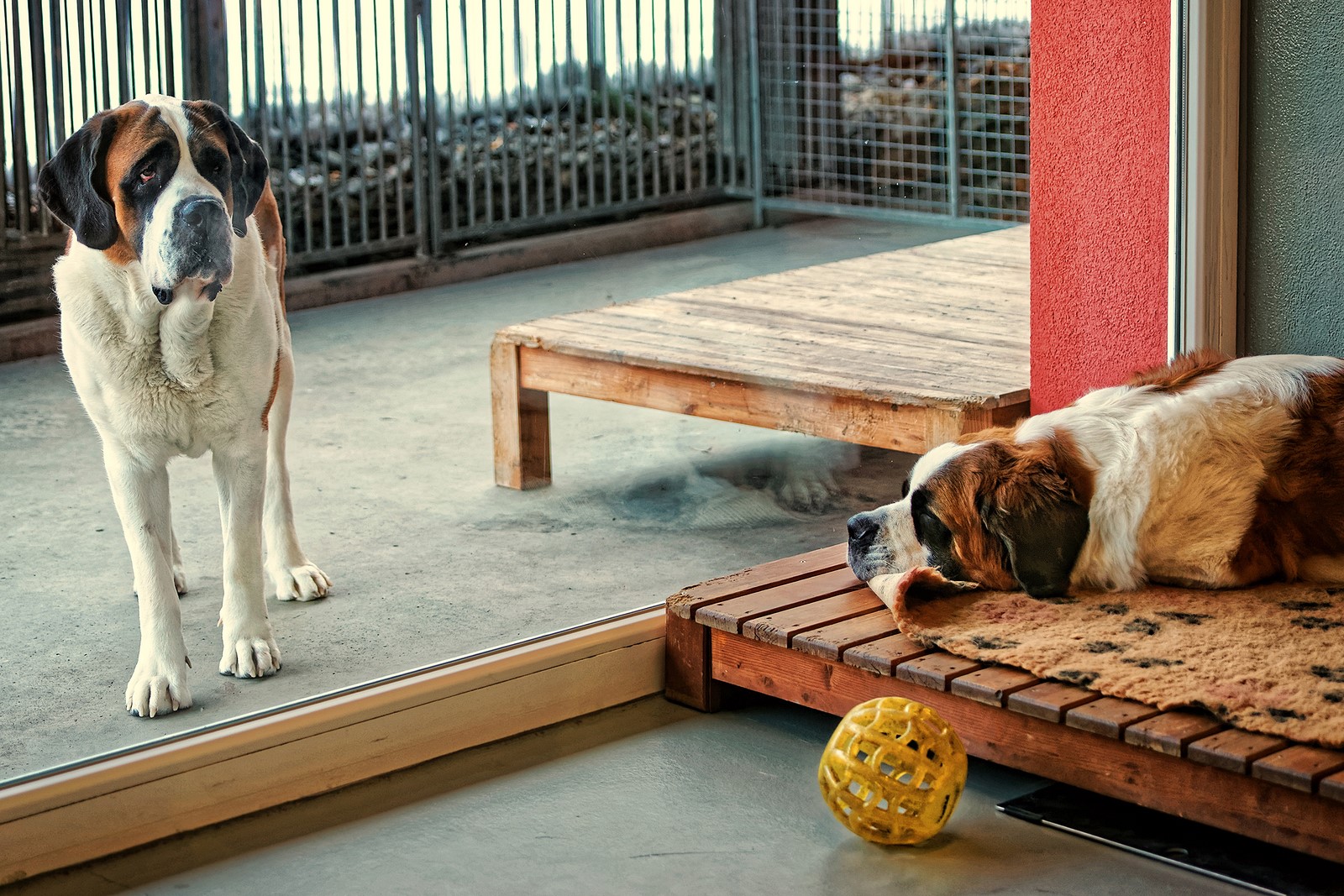Introducing A New Pet To Your Household With Old Pets

 You have been considering getting a new pet from the pet shop or adoption shelter for some time now, but the uncertainty of your current pet’s reaction has got you all nervous.
You have been considering getting a new pet from the pet shop or adoption shelter for some time now, but the uncertainty of your current pet’s reaction has got you all nervous.
Not to worry, you’re not alone. It’s very common to feel a bit apprehensive about introducing a new cat or dog into your house because no pet owner would want to create a hostile environment for any of their pets.
Local vets can give you some excellent tips, but to further ease your nerves, here’s a guide on how to successfully introduce your pet to a new fur-mily member:
1. Get a health check-up and vaccinations done
Before bringing a new pet into the household, it is always recommended to first bring them for a complete health check-up to ensure that they do not have any contagious diseases.
For dogs, these include heartworms, external parasites, canine distemper, canine flu, and parvo. For cats, you don’t want them spreading heartworms, external parasites, feline distemper, Feline Immunodeficiency Virus (FIV), and more as well.
Vaccinations are also strongly recommended for both your new and current pets. It might be costly to do everything at once, but it is always better to be safe than sorry.
2. Keep both animals apart

It’s never a good idea to let two unacquainted pets meet head-on for the first time, especially when they are not in neutral territory. Both your new pet and old pet would claim your home as theirs, which could be a recipe for disaster if they both try to exert dominance over one another.
Instead, keep them apart for a short while at the beginning. Place furry senior in a closed room to allow furry junior to roam about freely. As junior explores, he/she will pick up the existing scent of furry senior and associate your home with him/her accordingly, which reduces the chances of them fighting to determine who’s boss.
3. Initiate interaction
Once your new pet seems comfortable and has had enough of sniffing, you can begin the face-to-face interactions between your pets! That said, don’t force them to acknowledge each other if they don’t wish to. As long as they aren’t fighting, they will make friends in due time.
What you can do is to keep the first interaction brief. Better yet, if you have a glass sliding door or window, you could let one pet stand outside and the other inside. From there, you can analyze your pet’s reactions – are they curious and wary, shivering in fear, or jumping up and down excitedly?
When you deem them ready, keep both pets on a leash – if they are dogs – as a precaution and encourage them to sniff each other. If they refuse, just keep them apart and try again later.
4. Get separate feeding bowls and beds

Just like how you won’t like it if a stranger sleeps in your bed, your current pet won’t like it either if you give away his bed or feeding bowl to the new pet. Always try to buy a new set if possible, and watch over them when they eat and sleep to ensure that no one gets bullied. Of course, this applies to toys and any other belongings of your current pet too!
Now, simply follow these steps and before you know it, your pets will become the best of friends.








